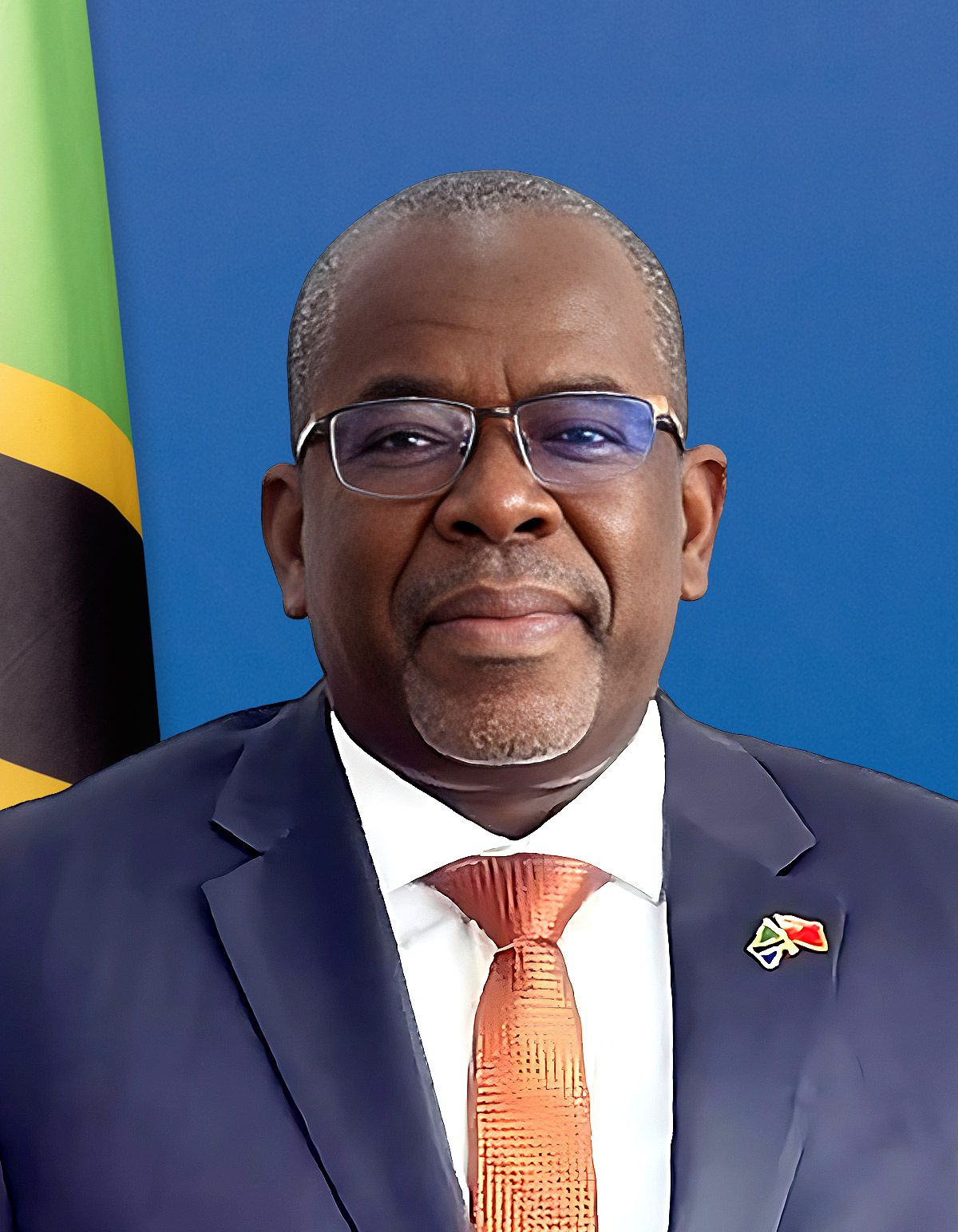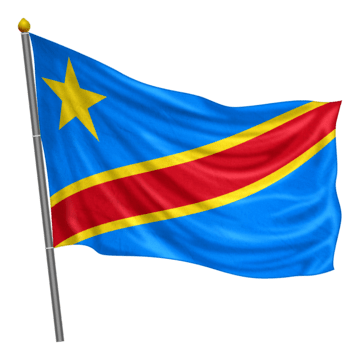Chad courts foreign capital in Abu Dhabi to finance €26bn development plan


Quidah is an online platform that connects investors with curated opportunities and expert insights on Africa’s emerging markets, while offering businesses promotional services, partnership facilitation, and market intelligence to attract capital and grow their operations.
Industries
Chad has unveiled a five‑year national development programme, “Chad Connection 2030,” seeking foreign investment to fund €26 billion in priority projects aimed at doubling GDP by 2030 and lifting 2.5 million people out of poverty. Launched at the Chad–UAE Trade and Investment Forum in Abu Dhabi on 10 November 2025, the initiative positions partnerships with Gulf and multilateral financiers as central to execution.
The plan was designed with Roland Berger and multilateral partners including the World Bank, AfDB, IsDB, AFD, and IMF, aligning with the country’s return to constitutional order in 2024 after the 2022 inclusive national dialogue.
President Mahamat Idriss Déby Itno called for “strategic and mutually beneficial” partnerships, presenting the plan as a shift from transition to an implementation phase focused on growth and diversification.
Sector priorities and allocations:
Digital economy: $1.5 billion to extend internet coverage to 80% of the territory and halve telecom service costs.
Transport: $5.8 billion to build 7,000 km of roads, modernise six dry ports, and establish an inland waterway link with Nigeria to make Chad a Sahel logistics hub connecting West Africa, the Maghreb, and the Horn of Africa.
Social investment: About $4 billion, including $2.2 billion for education and $1.8 billion for health, targeting higher enrolment and life expectancy above 60 years.
Diversification: Plans to double agricultural productivity, build an export-oriented livestock value chain, and increase mining’s contribution to 5% of GDP.
Financing and governance:
A blended model envisages 46% of projects financed by the private sector, primarily through PPPs, with the remainder covered by the national budget and concessional funding from development partners, including the EU and AFD.
Public debt is cited at roughly 32% of GDP, and an Implementation Support Unit will coordinate ministries, track disbursements, and enforce transparency to build fiscal credibility.
Macro and reform backdrop:
Growth reached 4% in 2023 and 4.1% in 2024, outpacing the CEMAC average, while FDI inflows totalled $913 million in 2023, the second highest in the subregion.
Since 2022, reforms include a transparency code, a Court of Accounts, an independent anti-corruption authority, modernised SOE governance, and an E‑Tax platform; investment protection agreements have been signed with foreign partners, with recent financing lines from the UAE.
The 2024 constitutional restoration and the May 2024 election of President Déby have reinforced institutional legitimacy and policy visibility.
Investor implications: A sizeable PPP pipeline and moderate public debt provide room for private capital, but delivery hinges on project preparation, procurement integrity, and sustained reform to lower political and execution risk premia.
Economic effects: Transport corridors and digital infrastructure can compress logistics and transaction costs, integrate Chad into regional trade, and catalyse agri‑livestock value chains, while social spending supports human capital and long‑run productivity.
Geopolitical dimension: Launching in Abu Dhabi targets Gulf capital aligned with infrastructure, logistics, and food security priorities, while multilateral co‑financing and policy anchors can improve concessional terms and credit perception.
Key risks: Oil exposure, Sahel security conditions, administrative capacity constraints, and the need to maintain debt sustainability as disbursements accelerate.
“Chad Connection 2030” is a bid to reorient the economy from oil dependence toward diversified, logistics‑centric growth by mobilising €26 billion through PPPs and concessional finance underpinned by governance reforms and institutional stabilisation.


